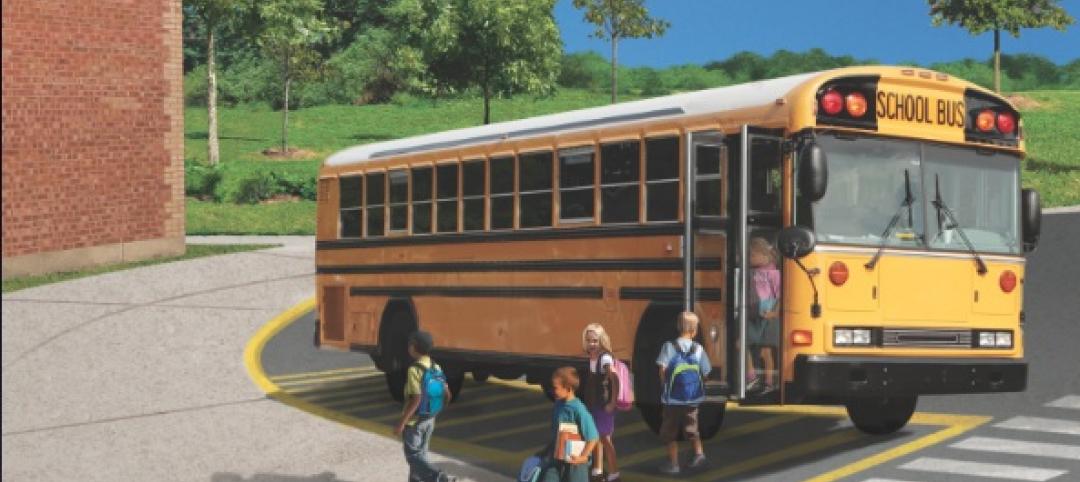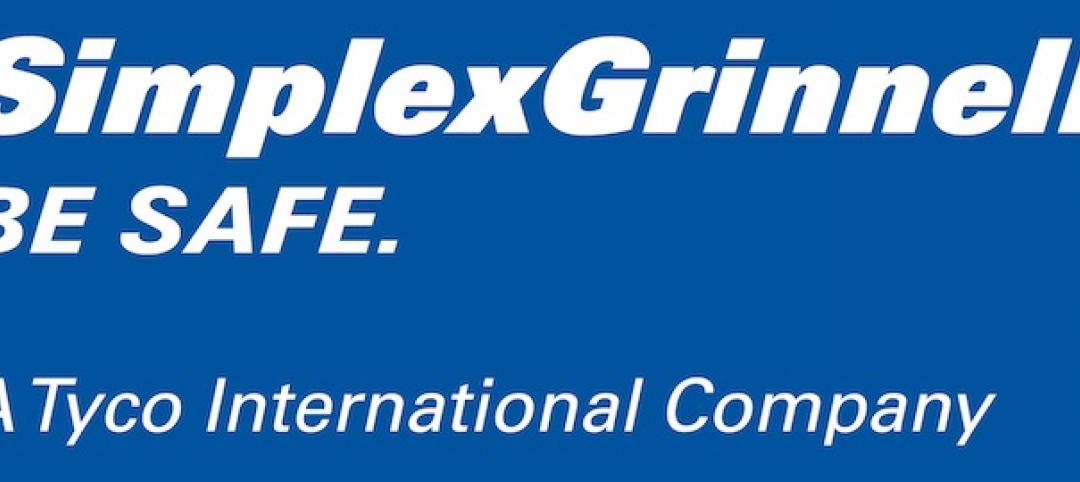Data from independent research, Effective Management of Safe & Secure Openings & Identities, released from Ingersoll Rand Security Technologies shows 82% of public, private and 2-year specialized colleges and universities believe they are not very effective at managing safe and secure openings or identities. Only 18% believe they are very effective at granting or denying access to appropriate individuals or knowing who goes where.
“We found there are very differing mentalities on how access control systems are designed and managed,” reports Beverly Vigue, vice president of education markets at Ingersoll Rand Security Technologies. “Facilities and Public Safety, the key stakeholders in 57% of colleges, are more traditional in their approach while IT, One Card and Housing departments are more customer-/student-oriented. The focus is evolving from the former to the latter.”
According to Vigue, if the IT, One Card or Housing departments are the key stakeholders, the solutions are more innovative. For instance, the One Card department considers convenience, customer service, improving customer experiences and including the students’ perceptions in the access control decision as primary concerns. IT’s major focus is measuring the return on investment to the higher education institution to improve options for upgrading.
In general, access control on campus is evolving from the traditional security/product-oriented focus of the Facilities and Public Safety departments to the broader definition of the IT, One Card and Housing departments. Differing mentalities typically do not occur on the same campus as colleges tend to be solely one or the other in their focus.
Respective of the way access control is viewed, the five leading concerns on college campuses are:
- Minimizing the occurrence of tailgating/piggy-backing
- Maximizing the likelihood the students can comply with the intended access design
- Maximizing real-time notification when problems occur
- Minimizing the time it takes to lockdown a campus.
- Maximizing the ability to locate building occupants in an emergency
The study was conducted among more than 140 colleges and universities, including leading institutions such as the University of Michigan, MIT, UCLA and Columbia. BD+C
Related Stories
| Jan 9, 2014
Special report: Can design prevent another Sandy Hook?
Our experts say no, but it could save lives. In this report, they offer recommendations on security design you can bring to your K-12 clients to prevent, or at least mitigate, a Sandy Hook on their turf.
| Dec 13, 2013
Safe and sound: 10 solutions for fire and life safety
From a dual fire-CO detector to an aspiration-sensing fire alarm, BD+C editors present a roundup of new fire and life safety products and technologies.
| Nov 19, 2013
Top 10 green building products for 2014
Assa Abloy's power-over-ethernet access-control locks and Schüco's retrofit façade system are among the products to make BuildingGreen Inc.'s annual Top-10 Green Building Products list.
| Nov 8, 2013
Can Big Data help building owners slash op-ex budgets?
Real estate services giant Jones Lang LaSalle set out to answer these questions when it partnered with Pacific Controls to develop IntelliCommand, a 24/7 real-time remote monitoring and control service for its commercial real estate owner clients.
| Oct 27, 2013
SimplexGrinnell Awarded Contract by National Joint Powers Alliance for Streamlined Procurement of Fire and Life-Safety Solutions
Agreement Provides 50,000 Public Entities with Simplified Access to Comprehensive Suite of Products and Services
| Jun 18, 2013
Report: HVAC occupancy sensors could slash building energy demand by 18%
Researchers at the DOE's Pacific Northwest National Laboratory conclude that significant energy savings can be achieved by varying ventilation levels based on the number of people in a given space.
| Jun 4, 2013
Notification reinvented: SimplexGrinnell introduces revolutionary family of intelligent notification appliances
Simplex TrueAlert ES uses addressable technology to improve protection, simplify installation and reduce operating costs.
| Apr 15, 2013
Advanced lighting controls and exterior tactics for better illumination - AIA/CES course
To achieve the goals of sustainability and high performance, stakeholders in new construction and renovation projects must rein in energy consumption, including lighting. This course presents detailed information about lighting control strategies that contribute to energy efficient buildings and occupant well-being, as well as tips for lighting building exteriors effectively and efficiently.
| Apr 1, 2013
Half of building owners use 'smart' technologies, says survey
A survey of 291 building owners by IDC Energy Insights shows that 50% of owners use smart building technologies, such as HVAC controls, lighting controls, and analytics/data management.
| Dec 15, 2012
SAIC makes ready to lay off 700
SAIC, McLean, Va. (2011 construction revenues: $185,390,000), said it plans to cut its workforce by 700 employees in order to remain competitive in the federal market.
















